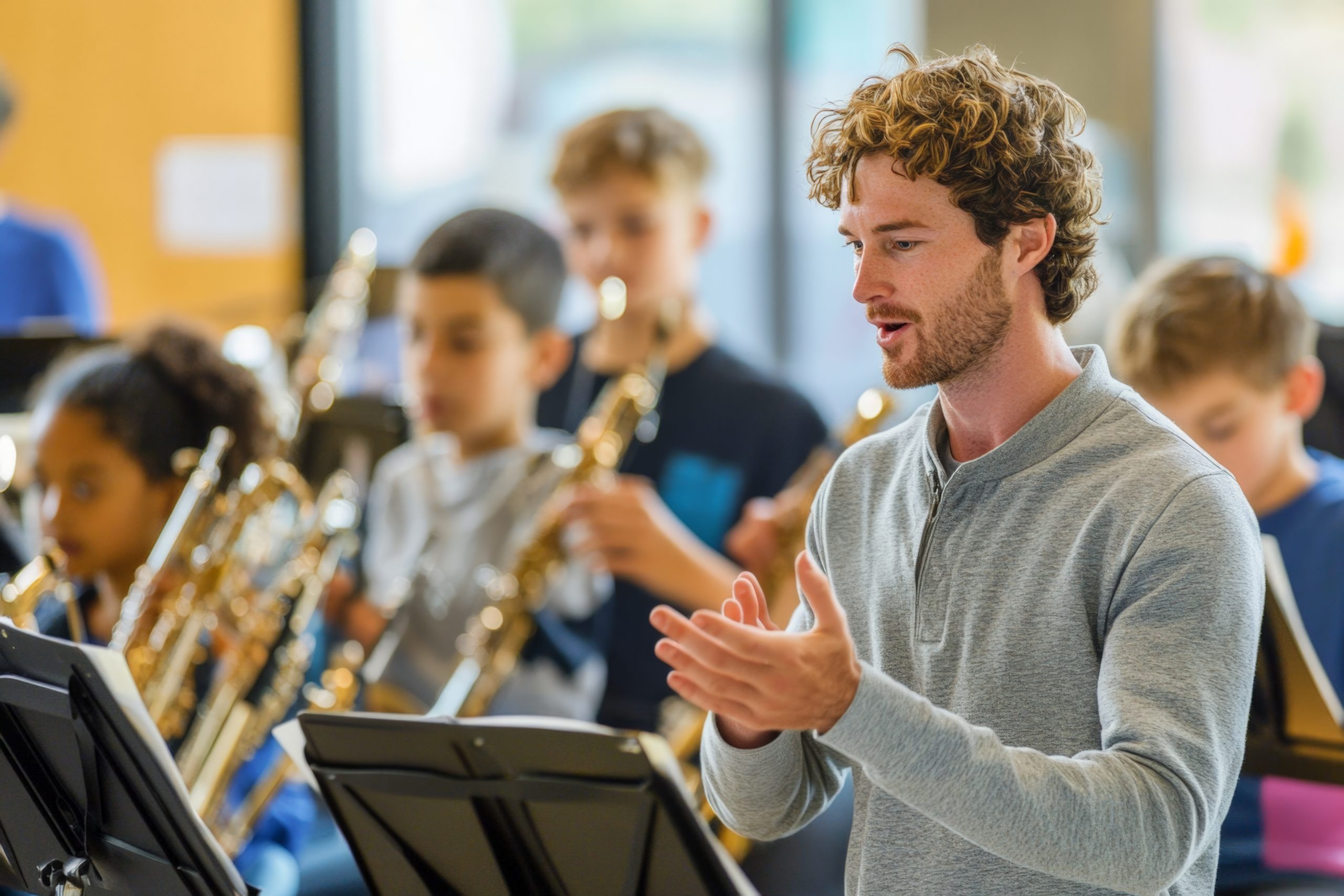Teachers work hard to recruit students. Those bright-eyed beginners are so full of excitement and wonder as they begin their journey to play an instrument, join an ensemble and discover music. Then reality begins to set in. Playing an instrument requires time, effort, commitment, discipline and a whole lot of patience and support from students, parents and teachers. Getting them started is the easy part. Keeping them in the program is where the work comes in.
Retention is the by-product of good teaching. But even good teachers lose students along the way. The key is to keep the number of students who dropout to a minimum.
There is a myriad of reasons why students quit playing their instrument and/or drop out of the program. As difficult as it is to read (and write this), one of the primary reasons is a disconnect with their teacher. They just don’t like their teacher. Although they may not be able to articulate it, they do not like the teaching style, the personality or the teacher is not the resource they need to help them solve their problems.
Students want to quit when they are not experiencing success or having fun, which probably go hand in hand. If a student is having difficulty playing their instrument frustration quickly sets in. For some it is a physical problem such as embouchure or hand position. Others may struggle with note names, fingerings or rhythms.
These are not the only reasons students stop participating. Some fear they cannot manage the time requirements or think they cannot fit it in their schedules, especially when they are looking at enrolling in advanced placement classes. There are students who want to participate in other activities or sports and feel they cannot do both, also students who feel they are not accepted by the group.
In short, students are not having an enjoyable musical or social experience. They are not having fun.
Realizing these issues exist, teachers must focus on providing a good, solid musical experience every day. Students who enjoy music and who enjoy playing their instrument will remain active and involved in the program.
Good teaching requires finesse. It is easy to spot bad posture, and it is easy to hear the wrong note. Correcting them is an art form that allows the student to save face within the group and feel better about doing so.
Good teaching requires awareness. Reinforce the desired behavior. Look for the good posture, listen for the correct notes, the quality sounds and celebrate them. Student recognition for doing well is a much greater motivator than being called out for an error.
Teachers must also look for early signs that a student is becoming disengaged. Forgetting their instrument or materials, coming late to class, not paying attention or talking to others or simply have difficulty performing at an acceptable level are all alarm bells that need to be addressed. Being able to diagnose problems and prescribe solutions is paramount to successful teaching. Teachers who are not comfortable addressing specific instrument issues or problems should seek help from other teachers, instrument specialists or should enroll in continuing education courses to help gain the necessary information and skills.
Engaging students in the music-making process is another key ingredient to providing a successful music experience. Asking questions, seeking opinions and providing specific directions on what to listen for and why are all ways to maintain interest in the rehearsal.
Giving students specific, manageable assignments is also important. The key word is manageable. The assignment must be manageable for the student and the teacher. Once the assignment is made, it must be assessed. The teacher must listen to what was assigned and offer positive and constructive feedback. When doing so avoid using the word “but.” Instead, use the word “and.” Saying it was a good job “but” means it was not a good job and comes off as being negative. Saying it was a good job “and” when you do this it is even going to be better sheds a positive light and provides an incentive for continued effort.
Spending time teaching students how to practice is something that will pay huge dividends. Providing students with a system, something to hang on to, a set of directions on how to approach learning will speed up the learning process and will increase the level of enjoyment on the part of student and teacher alike.
Finally, smile. Let students know you are enjoying your time with them, and you are enjoying making music with them. That one non-verbal signal may be the most important of all, as it lets students know they are accepted and that you like them.
Dr. Charles T. Menghini is co-author of the Essential Elements Band Method published by Hal Leonard and is an educational member of the Music Achievement Council of the NAMM Foundation.






























